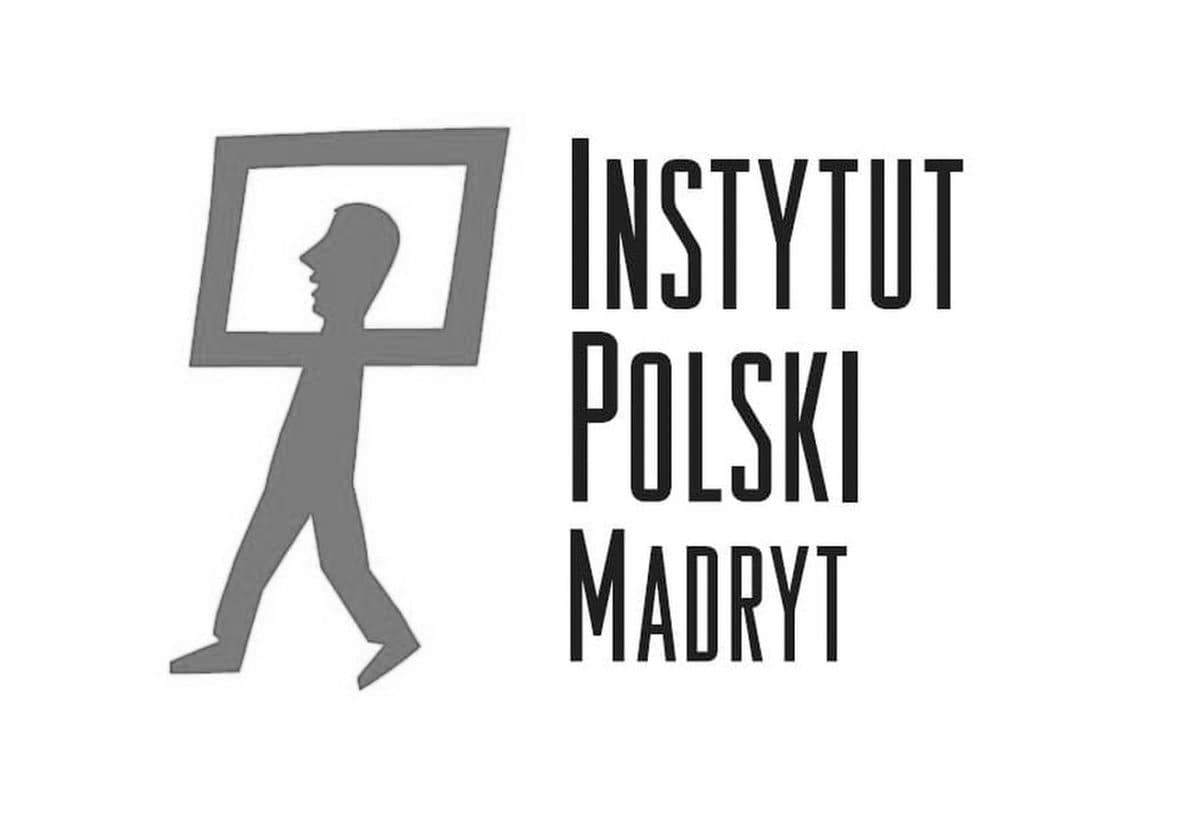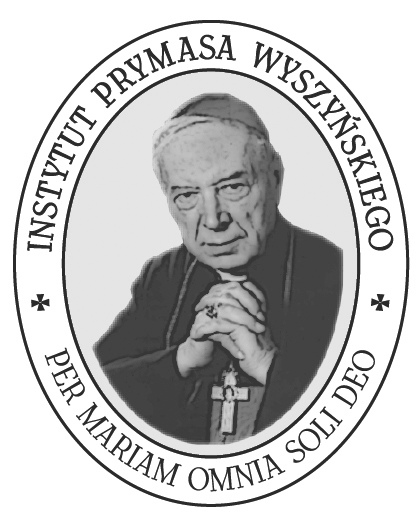Learning to suffer: the dying of John Paul II
When during the Way of the Cross on Good Friday 2005, John Paul II
silently held on to the cross, many viewers understood that the Pope was
trying to embody his preaching with his own life. More than 20 years
earlier, he had published the only ecclesiastical document entirely
devoted to suffering - the Apostolic letter "Salvifici Doloris". The
dying of the Pope was turning the words of this document into the
experience of life.
Fot. Alessia Pierdomenico/Shutterstock
Drag timeline
February 11, 1984
Publication of the Apostolic Letter on Suffering, "Salvifici Doloris".
February 1, 2005
John Paul II was admitted to the hospital after an
acute respiratory failure caused by inflammation of the larynx and
trachea.
February 10, 2005
After the inflammation subsided, John Paul II left the hospital.
February 24, 2005
There was another acute respiratory failure. John Paul II returned
to the Gemelli Polyclinic.
March 13, 2005
The Pope decided to go back to
the Apostolic Palace. In the evening, he returned to his apartment,
where he received intensive medical care.
March 24-27, 2005
The Paschal
Triduum. On Good Friday, during the Way of the Cross in the Colosseum,
John Paul II's message was read out. Thanks to the broadcast from the
Pope's private chapel, the faithful could watch John Paul II watching
the service on television. On Resurrection Sunday, the Holy Father
blessed the faithful from the window, but he failed to say anything to
them despite his efforts.
March 31, 2005
Around 11 a.m. John Paul II had a sudden fever and cardiovascular collapse.
April 2,2005
Late in the evening, at 9:37 p.m., John Paul II died.
An Intangible Mystery
In
his message to the Way of the Cross on Good Friday 2005, John Paul II
recalled the words of St. Paul: "In my flesh, I complete what is lacking
in Christ's afflictions for the sake of his body, that is, the Church".
These words also open the Apostolic letter "Salvifici Doloris" (Latin
for "redemptive suffering"), issued on February 11, 1984, in which the
Pope tried to answer the question about the cause and purpose of
suffering. After the attempt on his life in 1981, which caused him great
pain and forced him to undergo a long period of recovery in the
hospital, the Pope still amazed the world with his vitality during
countless meetings, services, and speeches. Twenty years later, while he
continued to hold his office despite his crippling illness, he affirmed
the correspondence between his words and deeds.
In "Salvifici Doloris", John Paul II dares to touch - as he wrote - "what appears in every man so intangible: for man, in his suffering, remains an intangible mystery".
For many observers of the last years of his life, it seemed shameful that the "intangible mystery" of human suffering, whose nature demanded privacy, was broadcast worldwide by hundreds of television stations. John Paul II - hunched, unable to stand on his own, with a trembling hand and a stiff face - decided, however, to provoke others to touch this mystery with his activity. In September 2003, in Slovakia, the Pope's speech turned into a jumble of incomprehensible sounds; saliva was dripping from his mouth. The weakened Holy Father had to be placed in the popemobile. In August 2004, in Lourdes, he interrupted his homily with a dramatic call for help, and the liturgy was interrupted by him sighing heavily "Jesus Christ". The world wondered what this was supposed to do. The voices of people saying that the Pope should resign due to poor health grew louder.
In "Salvifici Doloris", John Paul II dares to touch - as he wrote - "what appears in every man so intangible: for man, in his suffering, remains an intangible mystery".
For many observers of the last years of his life, it seemed shameful that the "intangible mystery" of human suffering, whose nature demanded privacy, was broadcast worldwide by hundreds of television stations. John Paul II - hunched, unable to stand on his own, with a trembling hand and a stiff face - decided, however, to provoke others to touch this mystery with his activity. In September 2003, in Slovakia, the Pope's speech turned into a jumble of incomprehensible sounds; saliva was dripping from his mouth. The weakened Holy Father had to be placed in the popemobile. In August 2004, in Lourdes, he interrupted his homily with a dramatic call for help, and the liturgy was interrupted by him sighing heavily "Jesus Christ". The world wondered what this was supposed to do. The voices of people saying that the Pope should resign due to poor health grew louder.
A Question of Meaning
The
question of abdication was repeated more and more often in the winter
of 2005. On February 1, Wojtyła had an acute respiratory failure.
Inflammation of the trachea and larynx led to breathing difficulties,
and his associates feared possible suffocation. The Pope was admitted to
the Gemelli Polyclinic in Rome. On February 6, he showed up at the
hospital window. Only odd bits of words could be understood from his
blessing. He only regained his ability to speak for a moment - on
February 24, he was hospitalized again after another acute failure.
Doctors said the only solution was a tracheotomy: a procedure to cut
open the trachea and insert a tube into the airways that allows
breathing but making it very difficult to speak. The Pope agreed to the
procedure. From then on, until his death, he would not be able to speak
any long sentences. When he appeared in the window of the Apostolic
Palace, he was sometimes able to say a few sentences but often had to
limit himself to gestures only. On Easter Sunday, March 27, when he was
trying to address the crowd at St. Peter's Square, he only managed to
whisper the words "I cannot speak". He seemed to doubt the sense of
further service: "It would be better that I die if I cannot fulfill the
mission entrusted to me," said to his secretary, Archbishop Stanisław
Dziwisz.
Suffering "requires (...) basic questions be asked about it and the answers sought," wrote John Paul II in "Salvifici Doloris". The illness forced him to face these radical questions again, and at the same time, it asked the whole world the same.
Suffering "requires (...) basic questions be asked about it and the answers sought," wrote John Paul II in "Salvifici Doloris". The illness forced him to face these radical questions again, and at the same time, it asked the whole world the same.
Confirmation of Human Dignity
The
Holy Father's document on suffering gives several answers to the
question about the meaning of suffering. The first is: "Suffering [...]
is always a trial," in which "the great dignity of man is strikingly
confirmed". The Pope taught in Salvifici Doloris to abandon the passive
attitude towards suffering. For him, it was "a call to the virtue" to
"rebuild goodness in the subject who suffers". The natural reaction to
suffering is that a person refuses to suffer. Still, the effect of
actively embracing suffering may be the development of the virtue of
perseverance that gives man dignity - the conviction that "suffering
will not get the better of him."
Observing John Paul II in the last months of his life, one could see the struggle for the virtue of perseverance. There was no lack of human qualities in the Pope's enduring his disease. His closest associates sometimes saw his despondency and anger. Papal secretary, Fr. Mieczysław Mokrzycki, recalled the Pope's complaining. The faithful at St. Peter's Square and the television viewers saw his angry hand slap on the chair when it was impossible to speak to the crowd. During the mass mentioned above in Lourdes, he interrupted the liturgy with a cry, "I must endure to the end!" He continued his apostolic ministry in the same way until his death, though he seemed unable to perform it.
Observing John Paul II in the last months of his life, one could see the struggle for the virtue of perseverance. There was no lack of human qualities in the Pope's enduring his disease. His closest associates sometimes saw his despondency and anger. Papal secretary, Fr. Mieczysław Mokrzycki, recalled the Pope's complaining. The faithful at St. Peter's Square and the television viewers saw his angry hand slap on the chair when it was impossible to speak to the crowd. During the mass mentioned above in Lourdes, he interrupted the liturgy with a cry, "I must endure to the end!" He continued his apostolic ministry in the same way until his death, though he seemed unable to perform it.
A Call for Solidarity
Unexpectedly,
the silent suffering of John Paul II turned out to be in some respects a
better way of running the Church than all the others. Admittedly, many
administrative matters had to be postponed or handled by the Pope in a
cursory manner, but the Pope's teaching function was effectively
performed. His illness turned the eyes of the entire world on him. This
is another meaning that John Paul II saw in suffering. In "Salvifici
Doloris," he wrote that it contains within itself "a singular challenge
to communion and solidarity". Suffering can cause another person to stop
and see another person's suffering, not because of curiosity, but
because of being moved by someone else's misfortune and being ready to
help.
The Pope's dying became the most outstanding media event of all time. The schedules of all the world's televisions were filled with programs and broadcasts about one sick old man; hundreds of millions watched his passing away with bated breath. For some, it was just a media spectacle, but it seems that most of those who watched were sincerely sympathetic. Hundreds of thousands of people gathered in the squares of Rome, Poland, Mexico, and the Philippines. They could stand there all night, offering the only help they could: their prayers. The shared experience of the Pope's dying inspired solidarity not only with the dying person but also with other people. Poles watched with disbelief - admittedly short-lived - reconciliation between hooligans of different teams and politicians. Suffering is there - the Holy Father wrote - to "unleash love in the human person".
The Pope's dying became the most outstanding media event of all time. The schedules of all the world's televisions were filled with programs and broadcasts about one sick old man; hundreds of millions watched his passing away with bated breath. For some, it was just a media spectacle, but it seems that most of those who watched were sincerely sympathetic. Hundreds of thousands of people gathered in the squares of Rome, Poland, Mexico, and the Philippines. They could stand there all night, offering the only help they could: their prayers. The shared experience of the Pope's dying inspired solidarity not only with the dying person but also with other people. Poles watched with disbelief - admittedly short-lived - reconciliation between hooligans of different teams and politicians. Suffering is there - the Holy Father wrote - to "unleash love in the human person".
The Elevation of Suffering
Exercising
virtue and inspiring solidarity can be understood and accepted as the
meaning of suffering by believing Christians and non-believers or those
of other religions. For John Paul II, the full meaning of suffering was
shown to man only by Jesus, and only the Christian faith allows one to
truly understand suffering. According to this faith, God became man and
saved the world from sin through His human suffering. According to the
Pauline epistles, man can combine his sufferings with the suffering of
Jesus on the cross and offer them for the Church: the purpose of
suffering is that "you will be counted worthy of the kingdom of God, for
which you are suffering".
It was a fundamental perspective to John Paul II in his understanding of suffering. Eight days before his death, on Good Friday, his message was delivered that went: "And I also offer my sufferings, so that God's plan may be fulfilled, and His word may last among the peoples." During his departure in peace at the Apostolic Palace, he was accompanied by a copy of the painting "Ecce homo" by Adam Chmielowski, which depicts the figure of Jesus exposed to public view after being scourged and mocked by soldiers.
The Pope tried to identify with the martyred Jesus, but according to the reports of the visitors, his cheerfulness did not forsake him. Shortly before his death, the later unconfirmed news spread that he had handed over to his associates a piece of paper with the words "I'm joyful. You should be too". In "Salvifici Doloris," he also taught about this joy in suffering. A suffering man's sadness often results from the fact that he "seems useless to himself". Faith in the salvific power of suffering in union with Jesus "transforms this depressing feeling."
It was a fundamental perspective to John Paul II in his understanding of suffering. Eight days before his death, on Good Friday, his message was delivered that went: "And I also offer my sufferings, so that God's plan may be fulfilled, and His word may last among the peoples." During his departure in peace at the Apostolic Palace, he was accompanied by a copy of the painting "Ecce homo" by Adam Chmielowski, which depicts the figure of Jesus exposed to public view after being scourged and mocked by soldiers.
The Pope tried to identify with the martyred Jesus, but according to the reports of the visitors, his cheerfulness did not forsake him. Shortly before his death, the later unconfirmed news spread that he had handed over to his associates a piece of paper with the words "I'm joyful. You should be too". In "Salvifici Doloris," he also taught about this joy in suffering. A suffering man's sadness often results from the fact that he "seems useless to himself". Faith in the salvific power of suffering in union with Jesus "transforms this depressing feeling."
Spiritual Greatness
The
discovery of the meaning of suffering led John Paul II to experience
suffering joyfully, even when it seemed beyond human strength. He did so
in a spirit of service, not only offering up his sufferings for others
but also treating his dying as the last catechesis. In "Salvifici
Doloris," he wrote: "Christ gives the answer to the question about
suffering and the meaning of suffering not only by his teaching, that is
by the Good News, but most of all by his own suffering". John Paul II
treated it in the same way, teaching the world with his own example that
it is possible to suffer with dignity.
When the whole world watched as the Pope struggled to raise his hand to bless the crowd, his own words from 20 years ago came true: "When this body is gravely ill, totally incapacitated, and the person is almost incapable of living and acting, all the more do interior maturity and spiritual greatness become evident, constituting a touching lesson".
When the whole world watched as the Pope struggled to raise his hand to bless the crowd, his own words from 20 years ago came true: "When this body is gravely ill, totally incapacitated, and the person is almost incapable of living and acting, all the more do interior maturity and spiritual greatness become evident, constituting a touching lesson".
Sources
Audio Records
Video Records
Documents
Audio Records
Event Place
Choose location...
Gemelli Polyclinic
Apostolic Palace
Keywords
Persons index:
Geographical index:
Connected materials:
Project implemented by: 

Project co-financed by: 

Patronage: 

Partners: 































